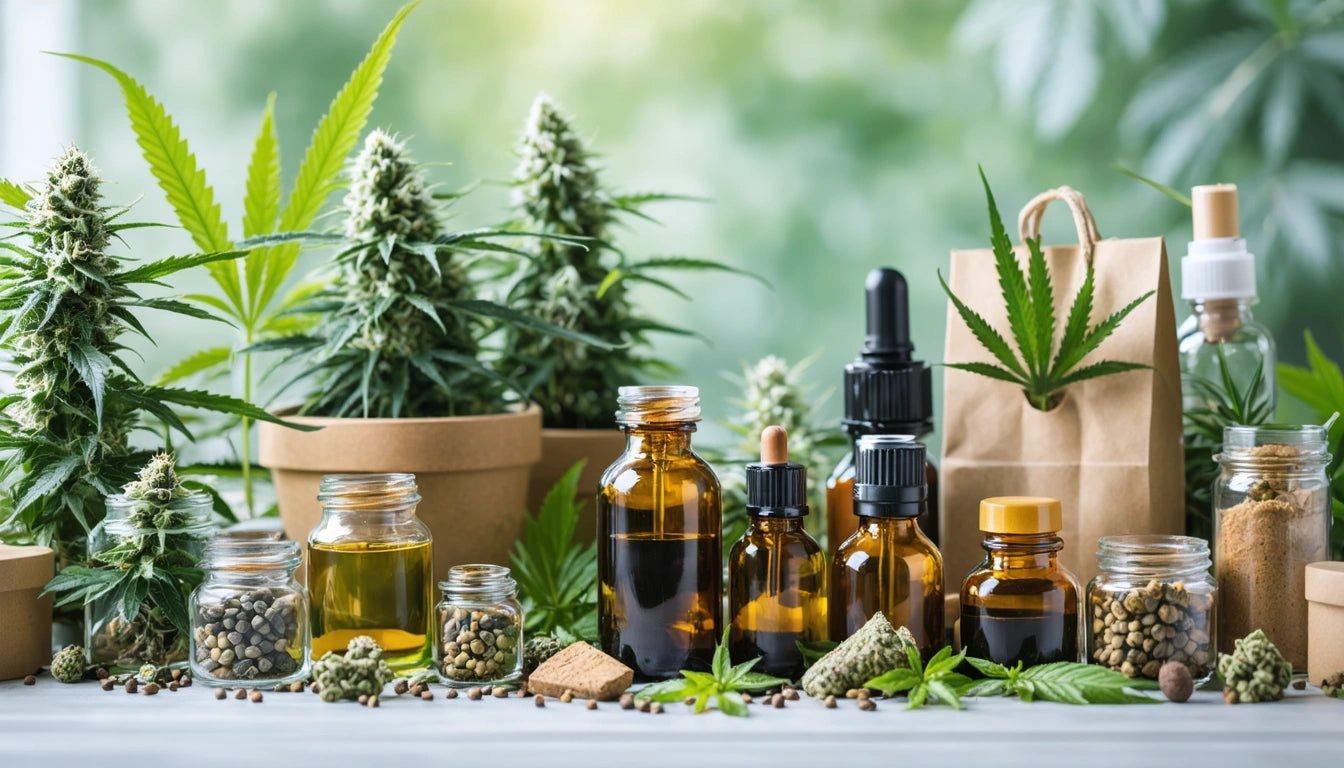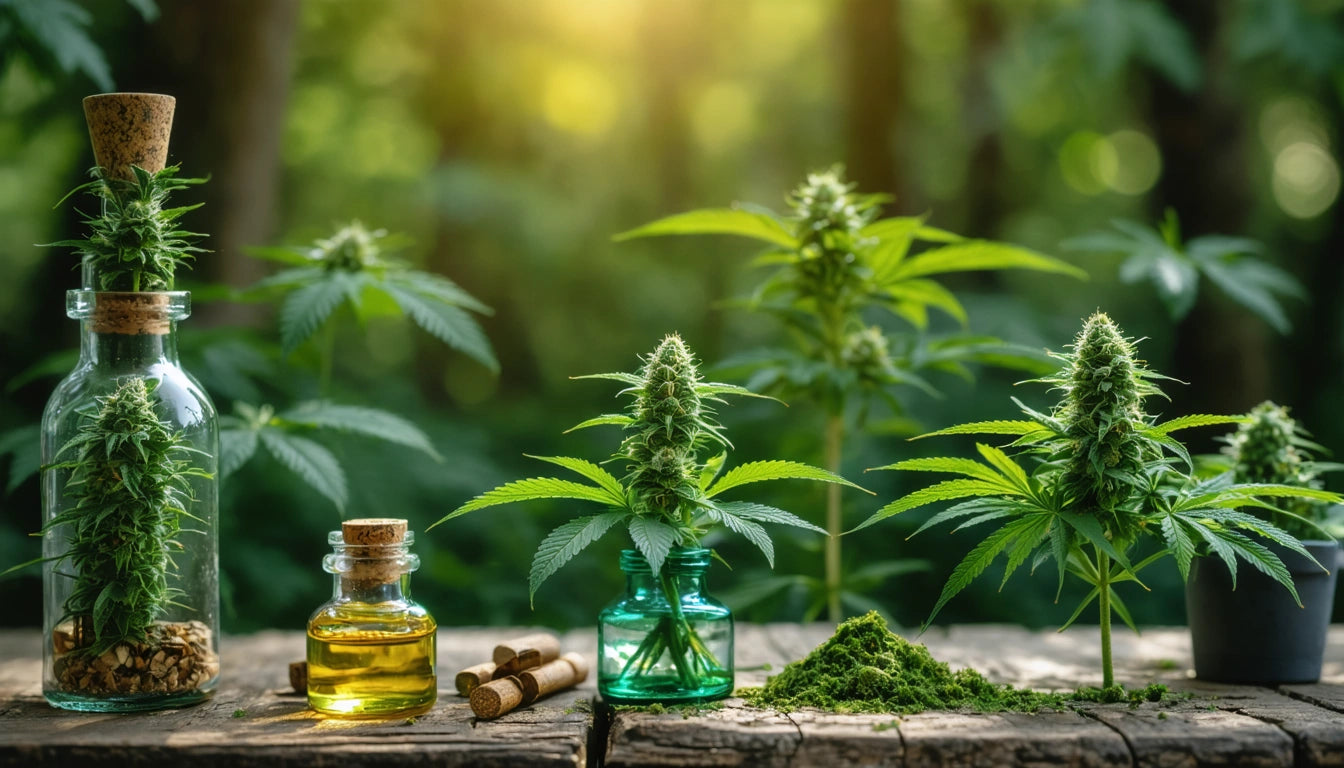Tips for Testing Packaging Before Launch
Thorough packaging testing before market launch can prevent costly recalls, compliance issues, and consumer dissatisfaction. In the cannabis industry, where regulations are strict and brand perception is crucial, testing your packaging solutions becomes even more important for long-term success.
Importance of Packaging Testing
Testing packaging before launch ensures product integrity, regulatory compliance, and consumer satisfaction. Proper testing helps identify potential issues with child-resistance mechanisms, air-tightness, material durability, and overall functionality. These tests minimize the risk of product contamination, degradation, or non-compliance with state regulations.
According to industry standards, cannabis packaging must maintain product freshness while preventing unauthorized access. Testing protocols should verify that packaging meets these requirements under various conditions, including shipping, storage, and consumer handling.
Pre-Production Testing Methods
Drop Testing
Drop tests simulate accidental falls during shipping or handling. Packages are dropped from standardized heights onto various surfaces to assess structural integrity. For cannabis products, especially concentrates and vape cartridges, drop testing helps ensure that containers remain sealed and products protected even after impact.
Environmental Stress Testing
Environmental testing exposes packaging to different temperature and humidity conditions to evaluate performance. Cannabis products are particularly susceptible to degradation from light, heat, and moisture, making this testing crucial for maintaining product potency and quality.
Packages should be subjected to temperature cycling, humidity exposure, and UV light testing to simulate real-world conditions throughout the supply chain. This helps identify potential weaknesses before products reach consumers.
Compliance and Safety Verification
Cannabis packaging must comply with state-specific regulations regarding child-resistance, labeling, and tamper evidence. Testing should include verification of these compliance features through standardized protocols:
- Child-resistant testing according to CPSC standards
- Label durability testing to ensure information remains legible
- Tamper-evident feature verification
- Material safety testing for harmful chemicals
Our comprehensive guide provides detailed information on compliance verification procedures that can save brands from costly regulatory penalties.
Consumer Feedback Integration
User testing provides invaluable insights into how consumers interact with packaging. Before finalizing packaging designs, conduct focus groups or small-scale market tests to gather feedback on:
- Ease of opening (for adults while maintaining child-resistance)
- Clarity of usage instructions
- Overall user experience
- Visual appeal and brand recognition
This feedback can highlight issues that technical testing might miss, such as confusing instructions or difficult-to-open mechanisms that frustrate consumers.
Packaging Equipment Compatibility
For larger operations, testing packaging with production equipment is essential. This includes verifying compatibility with filling machines, labeling equipment, and other automation systems. When implementing new packaging equipment such as industrial grinders and processing machines for pre-packaging preparation, compatibility testing becomes even more critical to ensure seamless operations.
Equipment compatibility testing should assess:
- Fill accuracy and consistency
- Seal integrity after machine processing
- Label application precision
- Production speed and efficiency
These tests help identify potential bottlenecks or quality issues in the production process before scaling up.
Implementing Packaging Improvements
The final phase of packaging testing involves analyzing results and implementing improvements. This iterative process often reveals opportunities for enhancing packaging performance, reducing costs, or improving sustainability without compromising protection.
When implementing changes based on test results, prioritize:
- Critical safety and compliance issues
- Functional improvements that protect product integrity
- Consumer pain points identified during user testing
- Sustainability enhancements that maintain performance
By systematically addressing these areas, cannabis brands can develop packaging solutions that satisfy regulatory requirements while delighting consumers and supporting operational efficiency.
Testing packaging before launch represents an investment that pays dividends through reduced compliance risks, enhanced brand reputation, and improved consumer loyalty. In the competitive cannabis market, where packaging often serves as the first point of consumer interaction, this investment becomes essential for long-term success.











Leave a comment
All comments are moderated before being published.
This site is protected by hCaptcha and the hCaptcha Privacy Policy and Terms of Service apply.